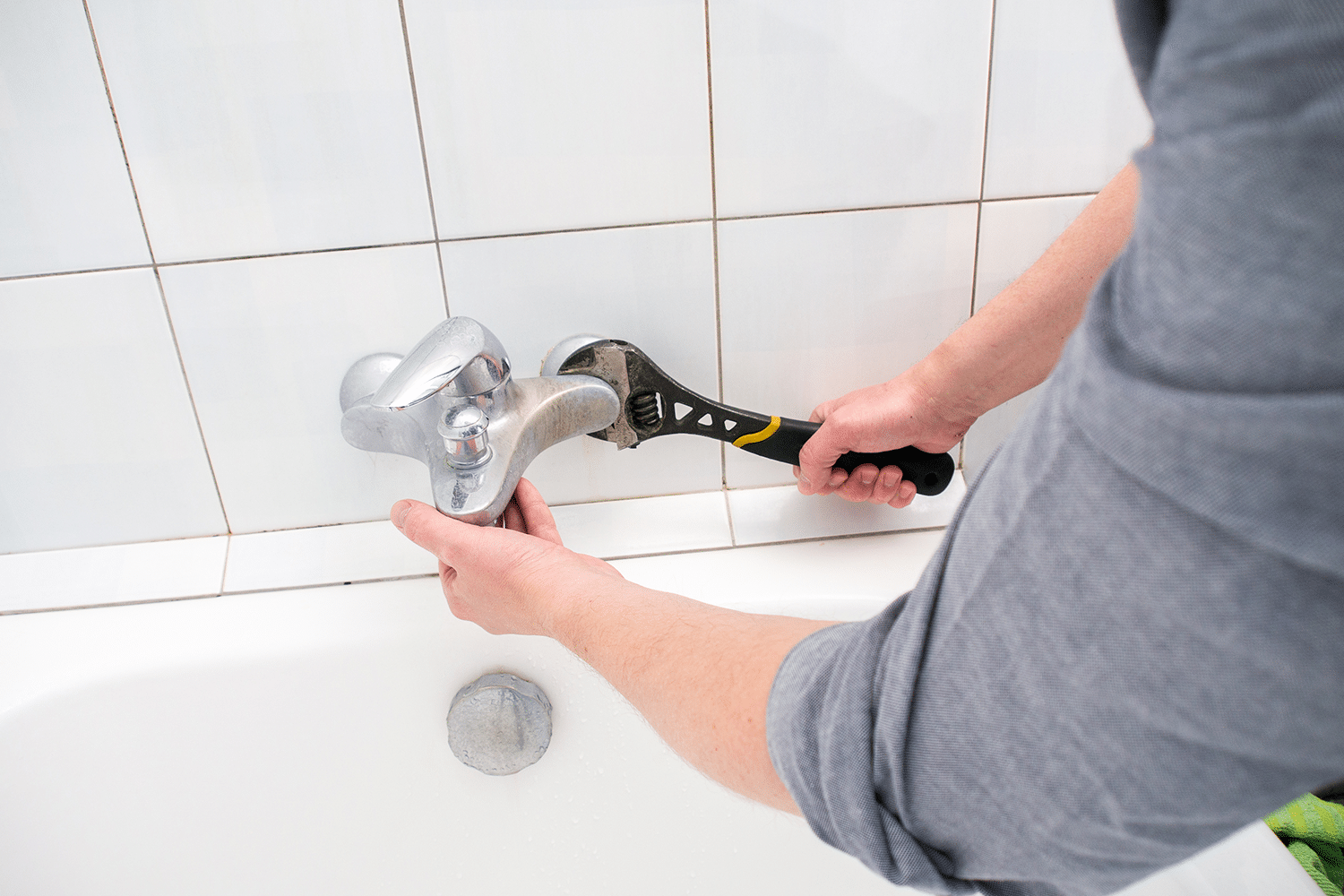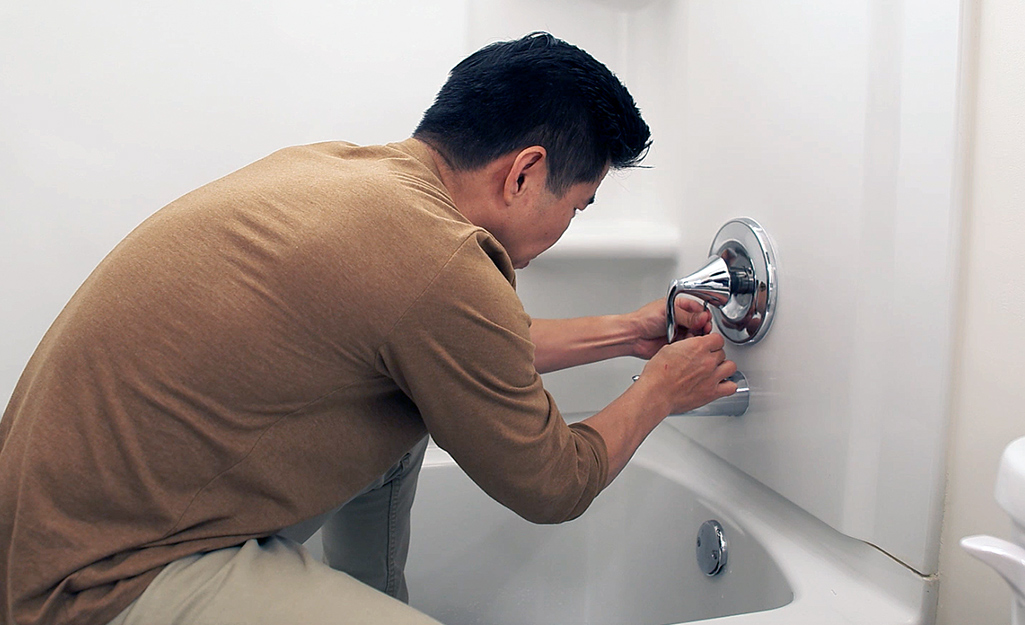Discovering the Value of Resolving a Leaking Faucet
Discovering the Value of Resolving a Leaking Faucet
Blog Article
How do you really feel about Leaky Faucets: Why They Happen & What to Do About Them?

Leaking taps may appear like a minor aggravation, but their impact goes beyond simply the inconvenience of the sound. From drainage to incurring unneeded financial prices and health and wellness threats, disregarding a dripping faucet can result in different repercussions. In this post, we'll explore why it's crucial to address this typical house concern promptly and effectively.
Wastefulness of Water
Environmental Effect
Dripping taps add substantially to water waste. According to the Environmental Protection Agency (EPA), a solitary tap leaking at one drip per second can waste greater than 3,000 gallons of water annually. This not just stress water sources but additionally impacts communities and wild animals based on them.
Step-by-Step Overview to Repairing a Dripping Faucet
Devices Required
Prior to trying to repair a trickling faucet, collect the needed devices, including a flexible wrench, screwdrivers, substitute parts (such as washers or cartridges), and plumber's tape.
Usual Tap Issues and Their Solutions
Determine the sort of faucet and the particular problem creating the drip. Common problems include damaged washing machines, rusty shutoff seats, or faulty O-rings. Refer to manufacturer directions or on the internet tutorials for step-by-step assistance on repair services.
Financial Expenses
Increased Water Bills
Beyond the environmental impact, dripping faucets can pump up water bills considerably. The gathered wastage with time equates right into greater utility expenses, which can have been stayed clear of with timely repair work.
Possible Property Damages
Furthermore, extended dripping can bring about damage to components and surfaces bordering the faucet. Water buildup can create staining, deterioration, and even architectural concerns if left ignored, causing additional repair expenses.
Wellness Issues
Mold And Mildew and Mold Growth
The continuous visibility of dampness from a leaking tap creates an optimal setting for mold and mildew and mold growth. These fungi not just endanger indoor air top quality however likewise posture wellness threats, especially for people with breathing problems or allergies.
Waterborne Illness
Stagnant water in dripping faucets can end up being a breeding ground for germs and other pathogens, raising the threat of waterborne illness. Pollutants such as Legionella germs flourish in stagnant water, possibly causing major illnesses when consumed or inhaled.
Do it yourself vs. Specialist Repair service
Advantages and disadvantages of DIY Repair Service
While some may try to fix a leaking faucet themselves, do it yourself repair work feature their own collection of obstacles. Without appropriate expertise and devices, DIY attempts can intensify the issue or lead to incomplete repair services, prolonging the trouble.
Benefits of Working With a Professional Plumber
Working with a professional plumber ensures that the underlying source of the leaking faucet is attended to effectively. Plumbings possess the knowledge and devices to identify and repair faucet concerns successfully, conserving time and lessening the danger of additional damage.
Ecological Duty
Specific Payment to Preservation
Taking obligation for repairing dripping taps lines up with broader initiatives toward water conservation and ecological sustainability. Every individual's actions jointly make a considerable impact on maintaining valuable sources.
Sustainable Living Practices
By focusing on prompt repair work and taking on water-saving practices, people contribute to sustainable living techniques that benefit both present and future generations.
Safety nets
Routine Upkeep Tips
To prevent leaking taps, perform routine maintenance such as cleansing aerators, examining for leakages, and changing damaged parts quickly. Furthermore, think about setting up water-saving devices or updating to a lot more efficient fixtures.
Relevance of Prompt Repair Works
Attending to trickling faucets as soon as they're discovered protects against further water wastage and potential damage, eventually saving both water and money over time.
Effect On Property Value
Perception of Well-Maintained Property
Maintaining a home in good condition, including dealing with maintenance concerns like leaking faucets, enhances its regarded worth and value among possible purchasers or occupants.
Influence on Resale Worth
Features with properly maintained plumbing fixtures, consisting of faucets, command greater resale values in the real estate market. Attending to dripping taps can contribute to a favorable impression throughout property assessments and negotiations.
Final thought
Dealing with a trickling faucet exceeds plain convenience; it's a vital action toward conserving water, minimizing economic costs, and protecting health and wellness and building. Whether through DIY repair work or professional assistance, taking action to repair leaking faucets is a little yet impactful method to promote responsible stewardship of resources and contribute to a healthier, more lasting future.
How to Fix a Leaky Faucet: Step-by-Step Repair Guide
A leaky faucet may seem like a simple annoyance, but if it's not fixed promptly, that leak could cost hundreds to potentially thousands. From water damage to mold, mildew, and high water bills, even a tiny leak can be catastrophic if left unattended. Damage like this can even affect the overall value of your home, so it's important to take the right approach for leaky faucet repair. You may need the help of a plumber in some cases, but we've got a few tips you can try on how to fix a leaky faucet before calling the pros.
Four Faucet Types
When you're learning how to fix a leaky faucet, the first step is knowing what kind of faucet you're working with! There are four common types.
Cartridge Faucets
Cartridge faucets come in one- or two-handled varieties. In one-handled cartridge faucets, hot and cold water combines in a single cartridge. In the two-handled versions, hot and cold water are controlled separately and mixed in the faucet.
Ball Faucets
Ball faucets have a single lever you push up and down to adjust the pressure and rotate to change the temperature. A slotted metal ball controls the amount of water allowed into the spout.
Compression Washer Faucets
They're the oldest type of faucet, but they're still used in many homes — especially older ones. Compression faucets have two separate handles that, when turned, raise or lower the washer that seals a water valve. This valve stops water from flowing through the faucet when it is turned off.
Disc Faucets
Disc faucets rarely need to be repaired due to their maintenance-free design. The water flow is controlled by two discs — the upper one raises and lowers against a fixed lower disc, creating a watertight seal. If your disc faucet starts leaking, you may need to replace the seals or clean residue buildup from the inlets.
Fixing a Leaky Faucet
Step 1: Turn Off the Water
Whether you're learning how to fix a leaky bathtub faucet or how to fix a leaky kitchen faucet, always turn off the water supply to your working area when you're fixing a leak. The last thing you want is a flood added to your list of things to fix.
Look for the shutoff valves below your sink or around the tub and turn them clockwise to stop the water flow. If your faucet doesn't have shutoff valves, you may need to turn off the water for the whole house. Check to make sure it's off by turning the faucet on. If nothing comes out, you're ready to start the repair.
Step 2: Take Apart the Faucet
How you disassemble your faucet depends on the type of fixture you have. You can use a flathead screwdriver to remove the caps on top of the handle or handles for cartridge and compression faucets. Inside, you should see handle screws. Unscrew these with a screwdriver to remove the handle.
Disc- and ball-style faucets will typically have an inlet screw near the handle, and removing that will reveal the interior of the faucet.
Detach the Valve Stem
For cartridge- and compression-style faucets, you'll see the inner valve stem or cartridge once you remove the faucet handles. If you have a compression faucet, unscrew the brass valve stem. If you have a cartridge faucet, pull out the cartridge. If your cartridge has been in place for a while, it may require some tools or extra force to remove it due to mineral deposits.
Examine and Replace Parts
Once you've removed the parts, check them out to confirm what needs to be replaced. You may see corroded rubber washers, O-rings, stems, or cartridges. On a ball-style faucet, check the seats and springs for damage.
If you need to repair a leaky disc faucet, check the inlet and seals on the lower disc.
Once you determine what parts must be replaced, visit your local hardware store. Bring the damaged parts with you to ensure you can purchase the correct components to replace them.
Clean Valves and Faucet Cavity
If you've removed a stem or cartridge, you may notice mineral buildup in the faucet's threads. Use white vinegar to clean the valve seat by soaking it for a few minutes, then scrub it away with a soft toothbrush and rinse with warm water. You can also clean the interior of the faucet in the same way.
Reassemble the Faucet
Once your faucet is cleaned and the required parts have been replaced, it's time to reassemble it. Put the pieces back together and slowly turn the water supply back on. Doing this slowly is crucial because too much initial water pressure can damage the new hardware you've just installed.
https://homewarranty.firstam.com/blog/how-to-fix-leaky-faucet

Do you like reading about ? Make a comment further down. We'd be happy to know your views about this blog post. We hope that you come back again later on. Sharing is caring. You never know, you might be doing someone a favor. Many thanks for your time spent reading it.
Report this page